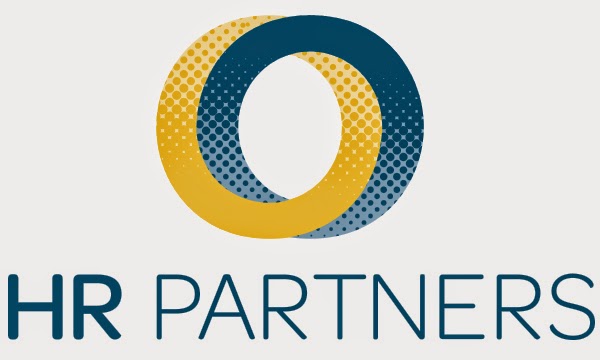A company’s
ability to change and adapt to new challenges is a key component of sustained
success, but change is not always easy. In fact, 70 percent of change
initiatives fail to deliver the intended outcomes. The prolonged effects of the
recession has impacted more than just people’s income, productivity and
employment figures. The workplace has become much more risk adverse.
One of the
most impacted groups is in company leadership. More executives seem to be
reaching the point of an overwhelming reluctance to be bold with change.
Instead, executives are increasingly crouching into a defensive position and
not leading the charge for change. This can cause employees to become cynical,
disengaged and unproductive. Eventually the top talent will flee for the exit
doors.
So, what are
some signs that executives are pulling back? Below is a list of the behaviors
these executives typically exhibit:
- A subconscious reaction to stress and anxiety
- The desire to avoid rocking the boat, dodging
risk or confrontational situations
- Going out of their way to prevent taking the
fall
- Micromanaging team members
- Holding a tight control over communications
- Intentionally not listening or dismissing
unwanted and/or challenging feedback
Leading
through changes is all about increasing employee dedication and commitment to a
new vision while minimizing devotion to the status quo. The leaders who are
effective during change mobilize employee energy to create action plans for the
movement.
Below are
six ways for an executive to become a more effective change leader:
1) Allow for thinking to be challenged in order to
take a broader view
2) Evaluate opportunities to influence top leaders
to create alignments for intentions
3) Fight for the values of the change
4) Actively engage the team and address any
concerns of the employees
5) Create and sell a compelling change story
6) Have frequent recognition of quality
performances
For more
information, contact a Lowden & Associates partner at 770.248.0401.



